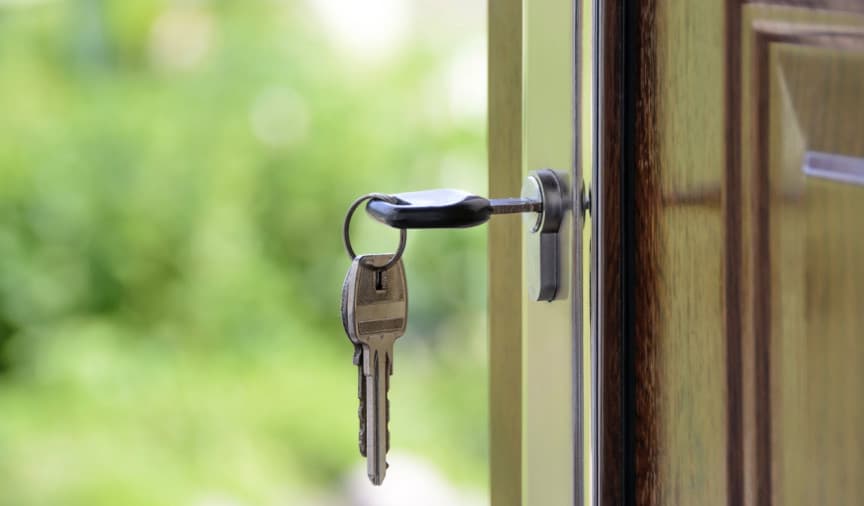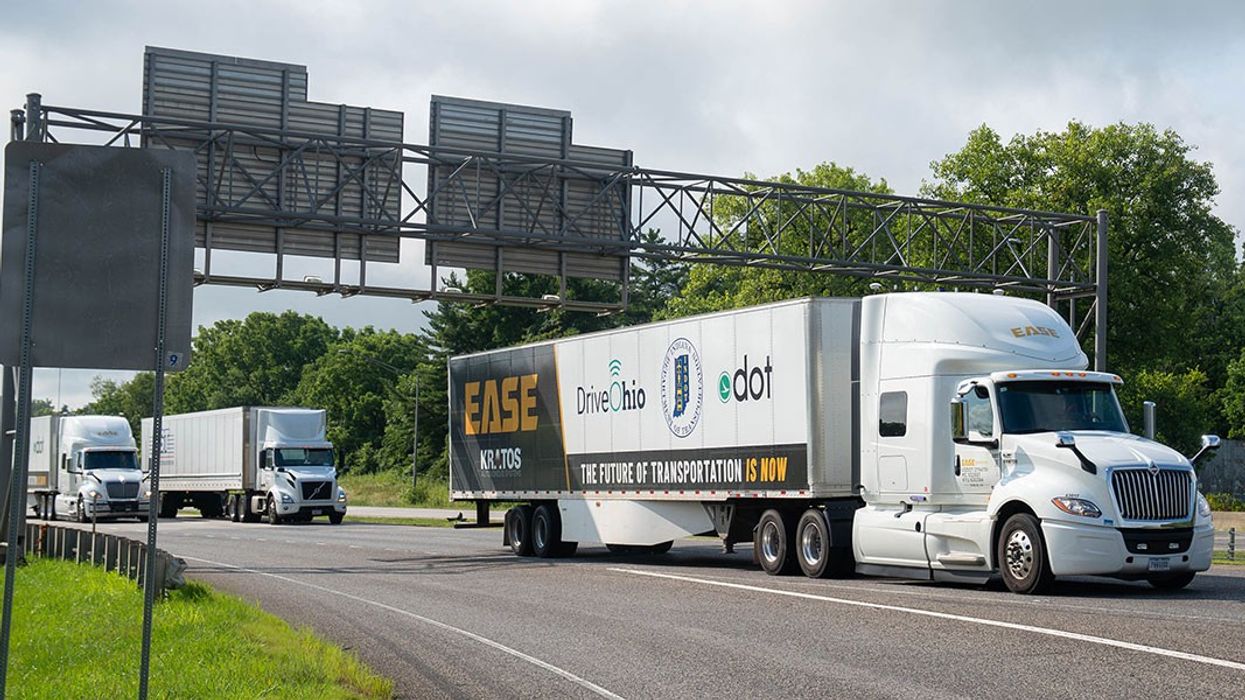In today’s fast-paced world, maintaining a secure office environment is crucial. One of the key aspects of security is understanding how to monitor office lockout history. This knowledge not only helps in ensuring better security but also in streamlining operations and preventing unauthorized access.
Monitoring office lockout history is essential for businesses of all sizes. By keeping track of lockout events, companies can identify patterns, determine potential security threats, and take appropriate action. In this article, we will explore various methods and tools that can help you monitor office lockout history effectively.

Understanding Office Lockout History
Before delving into the methods of monitoring lockout history, it’s important to understand what it entails. Office lockout history refers to the record of instances where individuals were unable to access the office due to incorrect credentials or unauthorized access attempts. This history is crucial for maintaining security and identifying potential breaches.
Why is Monitoring Lockout History Important?
Monitoring lockout history is vital for several reasons. Firstly, it helps in identifying unauthorized access attempts, which could indicate potential security threats. Secondly, it assists in troubleshooting access issues, ensuring that employees can enter the office without unnecessary delays. Lastly, it provides valuable insights into access patterns, helping organizations optimize their security protocols.
Methods to Monitor Office Lockout History
1. Using Access Control Systems
Access control systems are one of the most effective ways to monitor office lockout history. These systems track every access attempt, recording successful and unsuccessful entries. By analyzing this data, organizations can identify patterns of unauthorized access attempts and take necessary action.
2. Implementing Security Software
Many security software solutions offer features for monitoring lockout history. These tools provide detailed reports on access attempts, allowing organizations to identify potential security threats. Additionally, they can send real-time alerts in case of suspicious activities, enabling quick response to potential breaches.
Best Practices for Monitoring Lockout History
Regularly Review Access Logs
Regularly reviewing access logs is a best practice for monitoring office lockout history. By analyzing these logs, organizations can identify patterns of unauthorized access attempts and take necessary actions to prevent breaches.
Set Up Real-Time Alerts
Setting up real-time alerts is another effective practice for monitoring lockout history. These alerts notify security personnel of suspicious activities, enabling them to respond quickly to potential threats.
Challenges in Monitoring Lockout History
While monitoring lockout history is essential, it comes with its own set of challenges. One of the primary challenges is managing large volumes of data. As organizations grow, the number of access attempts increases, making it challenging to analyze and interpret the data effectively.
Overcoming Challenges
To overcome these challenges, organizations can leverage advanced analytics tools that offer automated data analysis and visualization. These tools help in identifying patterns and trends, making it easier to monitor and manage office lockout history.
The Role of Technology in Monitoring Lockout History
Technology plays a significant role in monitoring office lockout history. With advancements in technology, organizations now have access to sophisticated tools that offer real-time monitoring and analysis. These tools not only enhance security but also improve operational efficiency.
Key Features to Look for in Monitoring Tools
When choosing monitoring tools, it’s essential to consider features such as real-time alerts, data analytics, and integration capabilities with existing security systems. These features ensure comprehensive monitoring and effective management of office lockout history.
Conclusion
In conclusion, understanding how to monitor office lockout history is crucial for maintaining a secure office environment. By implementing effective monitoring methods and leveraging technology, organizations can ensure better security and prevent unauthorized access. Regularly reviewing access logs, setting up real-time alerts, and overcoming challenges through advanced analytics are key practices that can help in effectively monitoring lockout history.

FAQs
What is office lockout history?
Office lockout history refers to the record of instances where individuals were unable to access the office due to incorrect credentials or unauthorized access attempts.
Why is monitoring lockout history important?
Monitoring lockout history helps in identifying unauthorized access attempts, troubleshooting access issues, and providing insights into access patterns.
How can technology help in monitoring lockout history?
Technology offers sophisticated tools for real-time monitoring and analysis, enhancing security and improving operational efficiency.
For more information on office security, you can visit common types of locks.
This article contains affiliate links. We may earn a commission at no extra cost to you.






